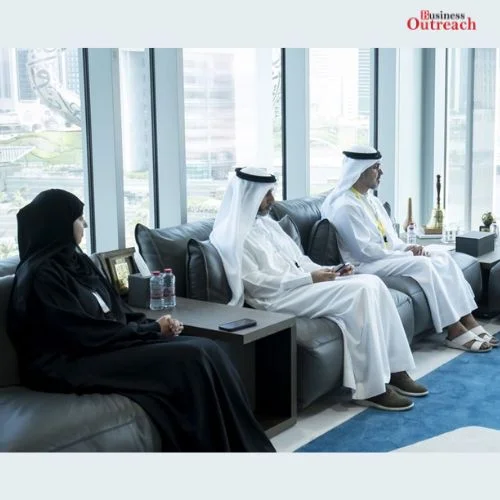An economic think tank, GTRI, stated on Friday that implementing measures such as faster refunds for duties, addressing issues with inverted duties, and treating exports via post and courier the same as standard customs clearances in the upcoming budget would greatly assist in increasing the country’s exports.
The Global Trade Research Initiative (GTRI) has stated that the trade outlook for 2023 is expected to be challenging, as many major economies are experiencing slowdowns for various reasons. They further added that in this difficult economic environment, additional support for India’s export sector would be beneficial. India’s Budget 2023 is set to be presented by Finance Minister Nirmala Sitharaman on February 1st.
The think tank, GTRI, proposed five measures to help boost India’s exports. These measures include: immediately crediting all duty refunds to exporters’ accounts once their goods are shipped; reducing instances of inverted duties, which harm the “Make in India” initiative; using clear and simple language in customs notifications; treating exports via post and courier the same as standard customs clearances; and not allowing the import of machinery at zero duty for the production of goods for the domestic market
An inverted duty condition occurs when the duties on inputs are higher than the duties on the corresponding output. This makes products more expensive and less competitive in the export market and also vulnerable to cheaper imports in the domestic market. GTRI states that implementing these measures would improve the competitiveness of domestic exporters, which would lead to an increase in shipments. They added that India’s merchandise trade exceeded $1.1 trillion in 2022.
The think tank suggested merging the duty drawback and RoDTEP (Remission of Duties and Taxes on Exported Products) schemes into one and providing product-specific rates as a percentage of export values. It also pointed out that both schemes currently have separate rule books and rate lists, which causes confusion for exporters. Additionally, it mentioned that even if an exporter has met all the other requirements and exported the goods, they will not receive any money if they forget to tick the relevant column in the shipping bill.
The government is reimbursing taxes paid on inputs used to manufacture export products, and this money is being gradually cut. The average refund rate as a percentage of export value was over 20% 20 years ago, but five years ago the average rate has fallen to around 10%.
Currently, the average rate for both reimbursement and RODTEP programs is below 4%.
Regarding the wording of customs notices, GTRI said that the wording was difficult to understand and companies needed to hire experts to understand the meaning and impact of these notices.
Regarding the equality between postal and courier exports with customs clearance standards, he said that with the difficult global economic situation, buyers demand fast delivery and exports should be free to use. use shipping methods.
“Current regulations require that shipments valued at more than Rs 5 lakh must not be used by India’s courier and postal services. In addition, a product is exported through a customs clearance process. typically enjoy benefits like Restrictions and RODTEP, but none of this kind of advantage over the same product shipped by post or express mode, he said.














